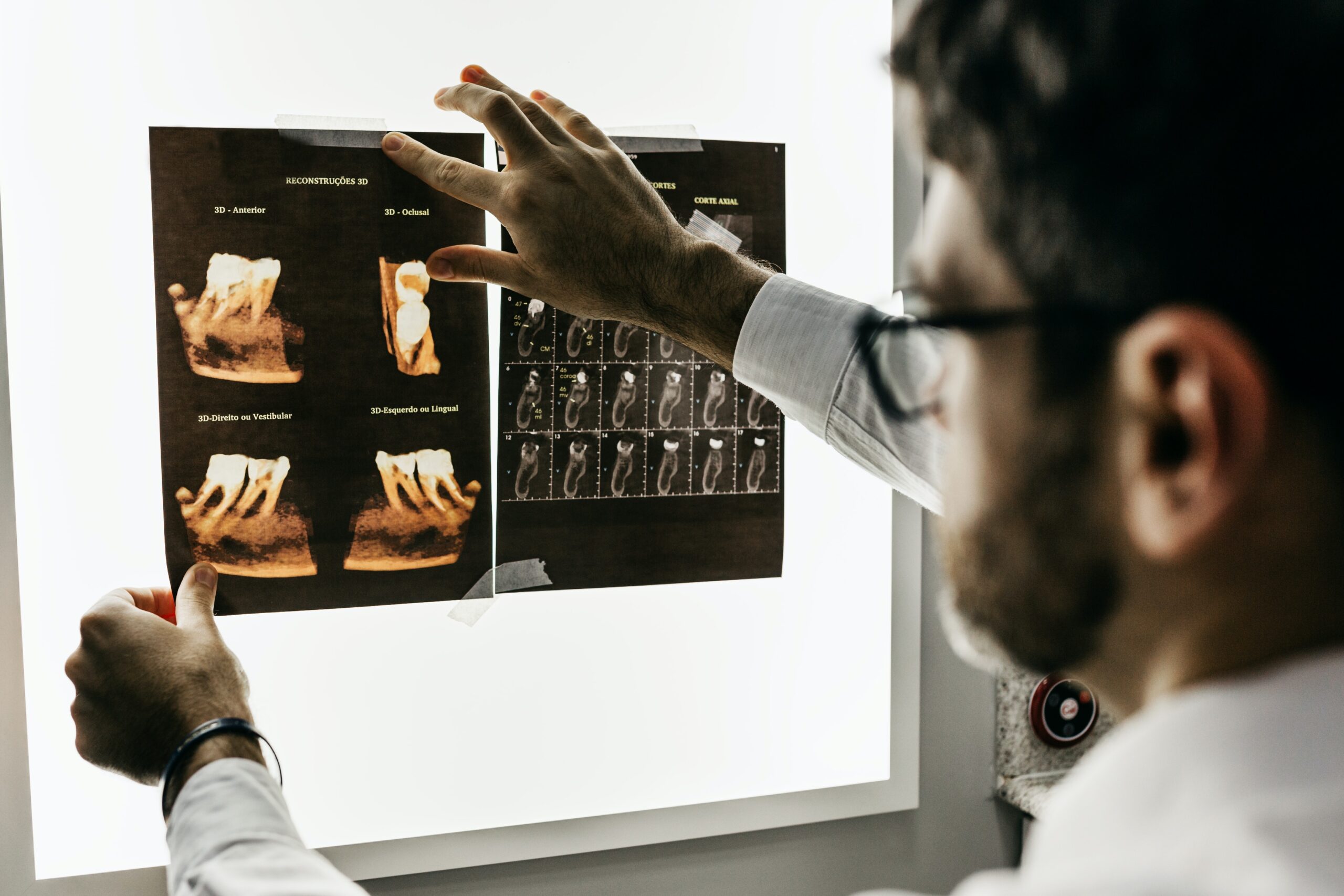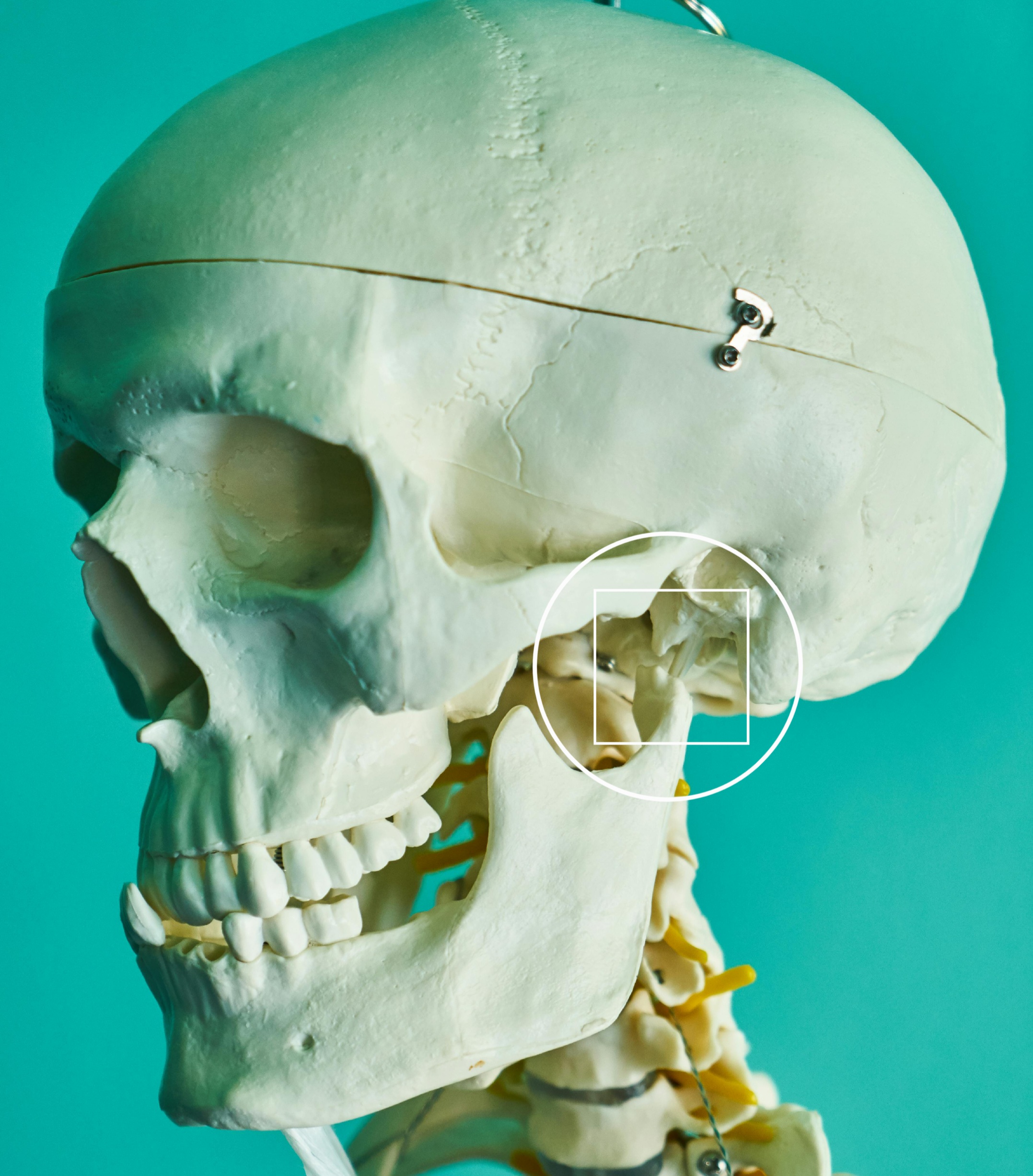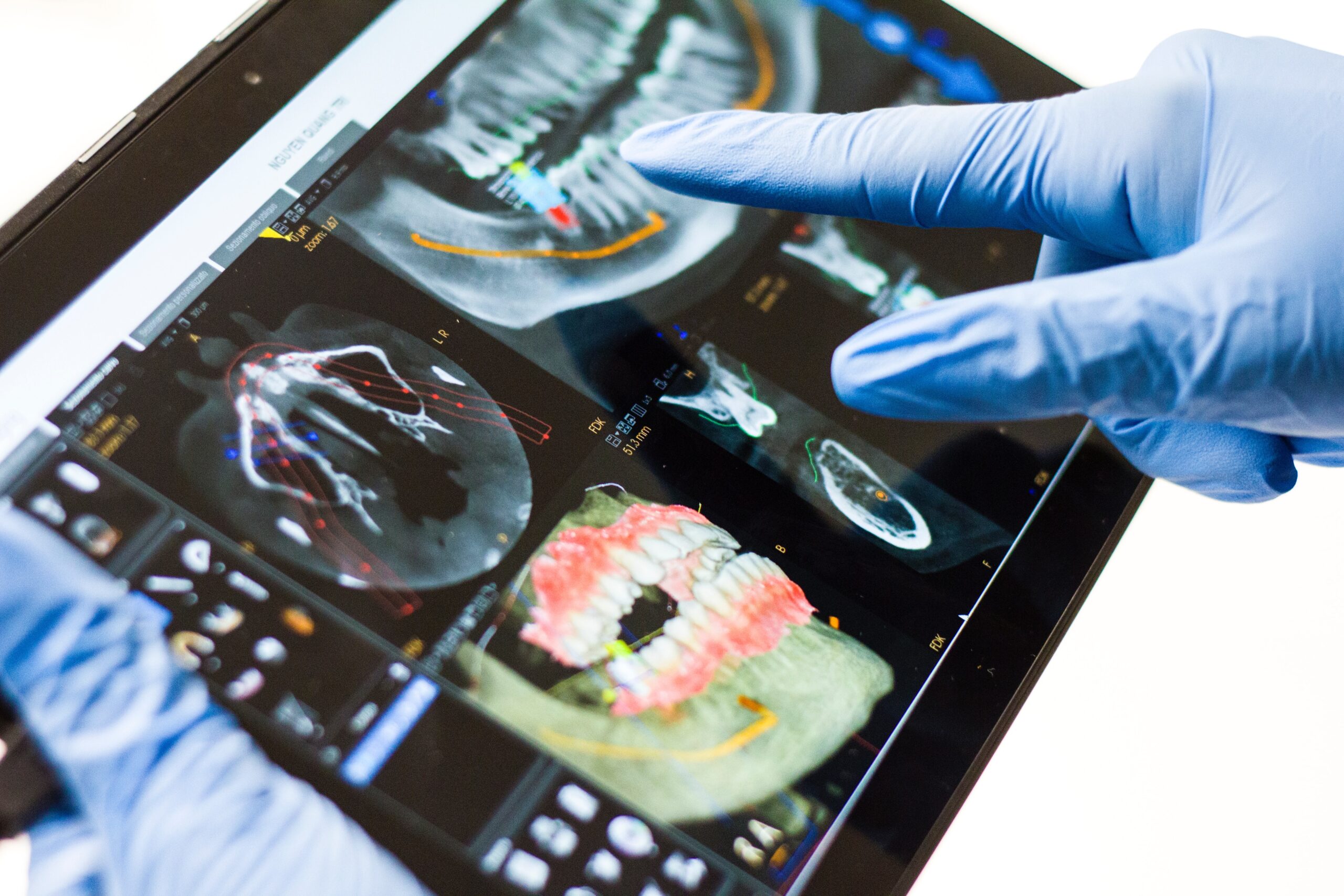Title: Becoming a Dental Informatician: Pathways, Competencies, and Professional Engagement
Abstract: Dental informatics is a multidisciplinary field that merges dentistry, information science, and computer technology to optimize dental care delivery and outcomes. With the increasing digitization of oral health services, there is a growing demand for professionals who can bridge clinical expertise and technological innovation. This article explores the pathways to becoming a dental informatician, the core competencies required, educational and training opportunities, and practical ways to become involved in the field. It offers guidance for clinicians, researchers, IT specialists, and students aiming to contribute to this transformative domain of dentistry.
Introduction Dental informatics is an evolving discipline within health informatics focused on the effective management and application of information technology to improve oral healthcare (Schleyer, 2003). As dentistry becomes increasingly digital, with widespread use of electronic dental records, digital imaging, teledentistry, and AI, the role of the dental informatician has become essential. However, the path to entering the field remains ambiguous to many. This article outlines how one can become a dental informatician through formal education, self-directed learning, clinical experience, and active involvement in informatics projects and professional communities.
Defining the Role of a Dental Informatician A dental informatician is a professional who applies principles from information science, data analytics, computer science, and clinical dentistry to develop, implement, and evaluate technologies that enhance oral healthcare delivery (Spallek et al., 2013). Their work may involve designing interoperable systems, improving electronic dental records, developing decision support tools, or conducting informatics research. Dental informaticians act as liaisons between IT professionals and dental practitioners to ensure technological solutions are clinically relevant and user-friendly.
Educational Pathways There is no single educational route to becoming a dental informatician, but several pathways are commonly followed:
- Formal Degree Programs:
- Health Informatics Programs: Many universities offer master’s or doctoral degrees in health informatics with electives or concentrations in dental or clinical informatics. Examples include programs at institutions like Columbia University and the University of Texas Health Science Center.
- Dental Schools with Informatics Training: Some dental schools, such as the University of Pittsburgh and Harvard School of Dental Medicine, incorporate informatics into their curricula and offer opportunities for specialized training (Schleyer et al., 2013).
- Certificate Programs and Online Courses:
- Programs like the AMIA 10×10 course provide foundational training in biomedical and dental informatics (AMIA, 2023).
- Online platforms (e.g., Coursera, edX) offer courses in data science, AI, and healthcare informatics that can be tailored to dental applications.
- Advanced Clinical Degrees with Research Training:
- Pursuing a DDS/DMD degree followed by research-focused postgraduate studies (e.g., PhD or MS in informatics) equips clinicians with both the domain knowledge and informatics expertise necessary for impactful contributions.
Core Competencies The American Medical Informatics Association (AMIA) and similar bodies have identified essential competencies for informaticians, many of which are applicable to dental informatics. These include:
- Understanding of healthcare systems and workflows
- Data management and database design
- Programming and software development (e.g., SQL, Python, R)
- Knowledge representation and clinical terminology standards (e.g., SNOMED CT, LOINC, CDT)
- System usability and human-computer interaction (HCI)
- Data analytics, AI, and machine learning applications
- Research methodology and evaluation
For dental informaticians, additional competencies include dental-specific knowledge, familiarity with imaging systems, and awareness of oral healthcare delivery challenges.
Clinical and Research Experience Hands-on experience in clinical dentistry is advantageous, as it provides insight into the practical needs and pain points of oral health professionals. Combining this with informatics training allows dental informaticians to design more effective tools and systems. Participation in practice-based research networks (PBRNs), digital record implementation projects, or AI development for diagnostics provides valuable exposure.
Professional Involvement Engaging with professional organizations is a key way to gain visibility and network within the dental informatics community. These include:
- American Medical Informatics Association (AMIA): Offers resources, training, and networking events.
- International Medical Informatics Association (IMIA): Supports global informatics development.
- American Dental Association (ADA): Supports informatics standardization through SNODENT and digital tools.
- Academic Consortium for Dental Informatics (ACDI): Promotes dental informatics research and education.
Attending conferences, submitting research papers, and joining working groups (e.g., standards development committees) offer practical avenues for involvement.
Career Opportunities and Roles Dental informaticians work in a variety of settings:
- Academia: Conduct research and teach informatics within dental schools.
- Healthcare Organizations: Oversee digital record systems, clinical decision support tools, and data analytics.
- Industry: Collaborate on product development (e.g., imaging systems, AI diagnostics, EDRs).
- Public Health: Support surveillance systems and population health initiatives.
Mentorship and Networking Finding mentors with experience in dental or health informatics can be pivotal. They provide guidance on career pathways, offer collaborative opportunities, and help navigate interdisciplinary challenges. Online forums, LinkedIn groups, and professional societies are effective tools for connecting with mentors and peers.
Conclusion Becoming a dental informatician requires a multidisciplinary approach that blends clinical acumen with informatics expertise. Through a combination of formal education, self-directed learning, practical experience, and professional engagement, individuals from various backgrounds can enter and thrive in this evolving field. As dental technology continues to advance, the demand for informaticians capable of bridging the gap between data and clinical utility will only increase.
References
AMIA. (2023). AMIA 10×10 Program. American Medical Informatics Association. https://amia.org/education-events/10×10-courses
Schleyer, T. K. L. (2003). Dental informatics: A cornerstone of dental practice. Journal of the American Dental Association, 134(5), 607–612. https://doi.org/10.14219/jada.archive.2003.0247
Schleyer, T. K. L., Spallek, H., & Hernandez, P. (2013). Clinical decision support in dentistry: Three decades in the trenches. Journal of the American Dental Association, 144(1), 97–104. https://doi.org/10.14219/jada.archive.2013.0057
Spallek, H., Schleyer, T. K. L., & Butler, B. S. (2013). Dental informatics: A work in progress. Advances in Dental Research, 24(1), 2–7. https://doi.org/10.1177/0022034512474309














Leave a Reply